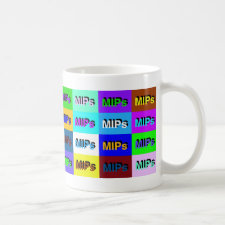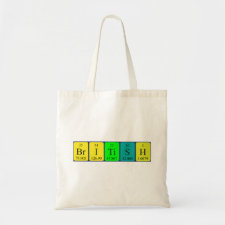
Authors: Yao JM, Zhang LX, Ran JF, Wang SS, Dong N
Article Title: Specific recognition of cationic paraquat in environmental water and vegetable samples by molecularly imprinted stir-bar sorptive extraction based on monohydroxylcucurbit[7]uril-paraquat inclusion complex.
Publication date: 2020
Journal: Microchimica Acta
Volume: 187
Issue: (10)
Article Number: 578.
DOI: 10.1007/s00604-020-04491-5
Abstract: Molecularly imprinted stir-bar coatings were created based on a hydroxylcucurbit[7]uril-paraquat inclusion complex. The inclusion complex that contained paraquat (PQ) as a template and monohydroxylcucurbit[7]uril ((OH)Q[7]) as a monomer was preassembled mainly through cavity inclusion interaction of (OH)Q[7] to form a one-dimensional self-assembly structure. The inclusion complex was anchored chemically on the surface of a glass stir bar with hydroxy-terminated poly(dimethylsiloxane) by the sol-gel technique to obtain a molecularly imprinted polymer-coated stir bar (MIP-SB). The molecularly imprinted coating showed specific adsorption for cationic PQ in aqueous media. Other quaternary amine compounds with a similar structure that coexisted in the solution, such as ethyl-viologen, diquat, and difenzoquat, were almost not extracted by the prepared MIP-SB. The sorptive capacity of the MIP-SB for PQ was nearly four times that of the non-imprinted stir bar (NIP-SB). The recognition mechanism indicated that the selectivity and extraction capacity resulted mainly from the imprinted cavity in the polymer that was formed by a one-dimensional assembly structure consisting of the (OH)Q[7]-PQ inclusion complex. The imprinted cavity was complementary to the PQ in shape, size, and functionality. A method to determine PQ in environmental water and vegetable samples was developed by combining MIP-SB sorptive extraction with HPLC-UV. The linear range was from 100 to 10,000 ng L-1 with a 8.2 ng L-1 detection limit for water samples and 0.02-0.85 mg kg-1 with a 0.005 mg kg-1 detection limit for vegetable samples. The limit of detection for both samples was lower than the EU-established maximum residual levels and that of other previously reported methods. The average recoveries were 70.0-96.1% with a relative standard deviation ≤ 7.6%, which showed the successful application in real sample analysis
Template and target information: paraquat, PQ
Author keywords: Cucurbit[7]uril, Imprinted polymer coating, One-dimensional self-assembly, vegetable samples



Join the Society for Molecular Imprinting

New items RSS feed
Sign-up for e-mail updates:
Choose between receiving an occasional newsletter or more frequent e-mail alerts.
Click here to go to the sign-up page.
Is your name elemental or peptidic? Enter your name and find out by clicking either of the buttons below!
Other products you may like:
 MIPdatabase
MIPdatabase









